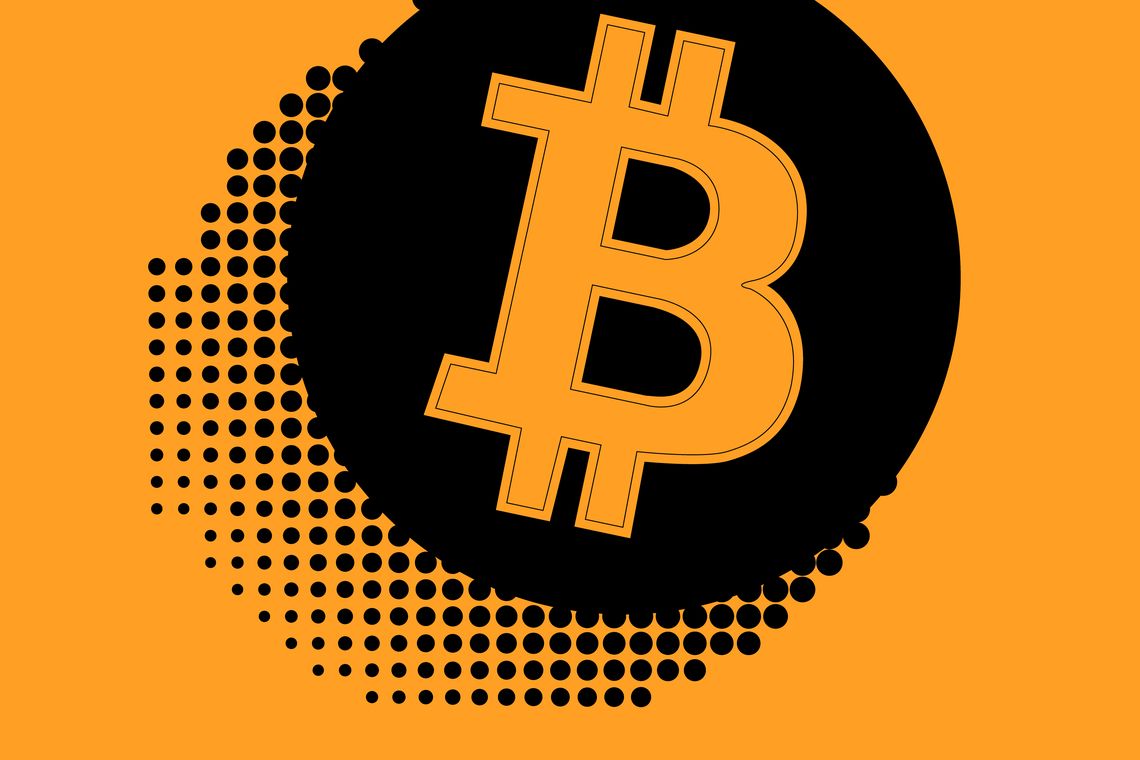Bitcoin was originally created for use as a global currency.
Crypto proponents who still believe that Bitcoin’s destiny remains a universal currency are known as Bitcoin maximalists.
SponsoredOddly enough, the draw of breaking free from the confines of a centralized currency isn’t as strong as certain blockchain enthusiasts would like it to be. For countries, a desire to be rid of all the associated issues and flaws of government-issued cash has not yet gripped policymakers — nor have consumers felt enough pain and discomfort to insist upon a new reality for themselves.
If there is one thing Bitcoin's multiple hard forks has taught us, it is that currencies represent tribal allegiances. But if currencies are tribal, there cannot be one single world currency. Bitcoin maximalists' dream is impossible. https://t.co/x635KzlnVc
— Frances 'Cassandra' Coppola (@Frances_Coppola) December 31, 2018
Problems with fiat money
Many developing nations struggle to maintain a reliable currency for citizens. This can be the result of authoritarian government structure, internal corruption, or extreme poverty. Often, it is a combination of all three.
An example of a country that struggles in this area is Venezuela, where unreliable exchange rates have resulted in hyperinflation to the tune of one million percent annually. Zimbabwe currency has been so corrupt and inflated for so long that citizens of the country refuse to use the Zimbabwean dollar. Russian corruption and international sanctions have made it extremely difficult to use the national currency in the international market. These are just a few examples.
Yet individuals maintain resistance to the idea of moving to a decentralized currency. Some do not understand the concept. Others hold fast to a belief in the eventuality of a government that can be trusted. For those who know that such a thing will never come to pass, the thought of trusting any sort of money or asset management system without the oversight of a centralized governing body is even more terrifying.
Proponents of the idea state that historians a few hundred years from now will look at the current state of fiat money, here in 2018, and laugh at its inefficiency. They will be shocked that anyone was willing to put their trust in a government-backed banking system. They will likely be saddened by the four billion human beings on earth today who are unable to access banking at all, due to corruption, poverty, lack of infrastructure, or otherwise.
SponsoredProblems with Bitcoin maximalism
Bitcoin still has a long way to go before it takes on the role of a truly universal currency. Some would even agree that Bitcoin maximalism is an unrealistic and futile dream.
Opponents of the idea list several reasons for their point of view, and the validity of their reasoning is pretty solid. They cite the cryptocurrency’s unsettling volatility, the sheer number of new coins launching into the crypto universe, and the ongoing forking of existing coins as reasons why the Bitcoin maximalist dream will never come true. They have a point.
Cryptocurrency is entering 2019 in one of the worst bear markets in existence. Coins that were worth over $19,000 USD a year ago are now worth under $4,000. It is really hard to put a currency that experiences such volatility into widespread circulation.
Furthermore, the glut of ICOs that hit the market in 2017 and 2018 means the number of crypto platforms to choose from is absolutely enormous. This was not the case when Satoshi Nakamoto launched Bitcoin as the one universal digital currency. Unfortunately, Satoshi has never made himself available for comment, so it is hard to say what he thinks of the current state of things in crypto — but, given the fact that it was definitely intended to be a solution to the issues of fiat money, it is unlikely he is a fan of the thousands of ICOs that came into being over the past few years.
Finally, and perhaps most importantly, even intra-platform issues exist within crypto. These issues have mostly arisen in the form of hard forks, or changes to the blockchain protocol that permanently alter future transactions and require all users to update to the new protocol.
Bitcoin itself has now hard forked multiple times. This has led to infighting, accusations of corruption and unethical practices, and a general unease amongst Bitcoin holders. As fractions and divisions occur, they make universal adoption more and more impossible.
Whether or not the Bitcoin maximalist dream is truly impossible or will one day become a global reality remains to be seen. Either way, crypto has multiple challenges to solve in the coming years in order to remain a viable investment, holding, or exchange tool.
Think Bitcoin maximalism is a reality — or is it just a pipe dream? Let us know in the comments below!


